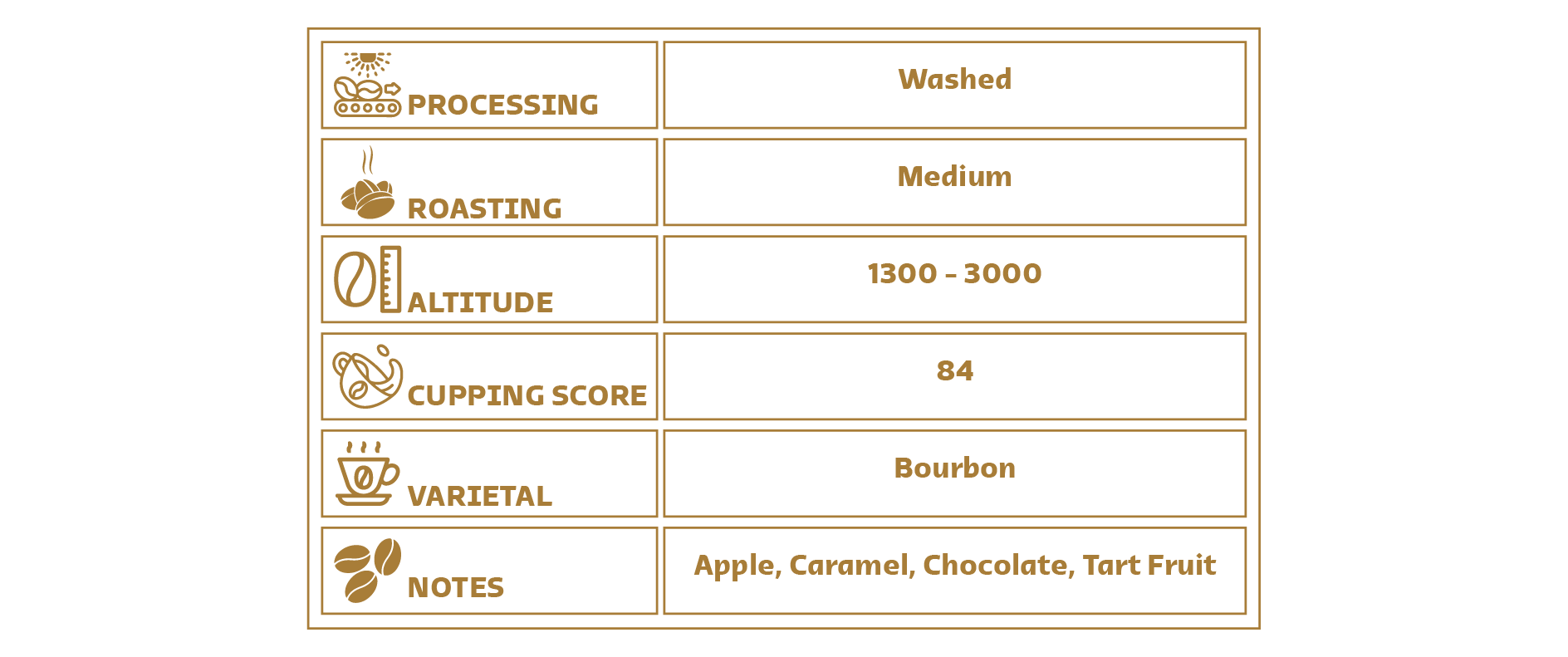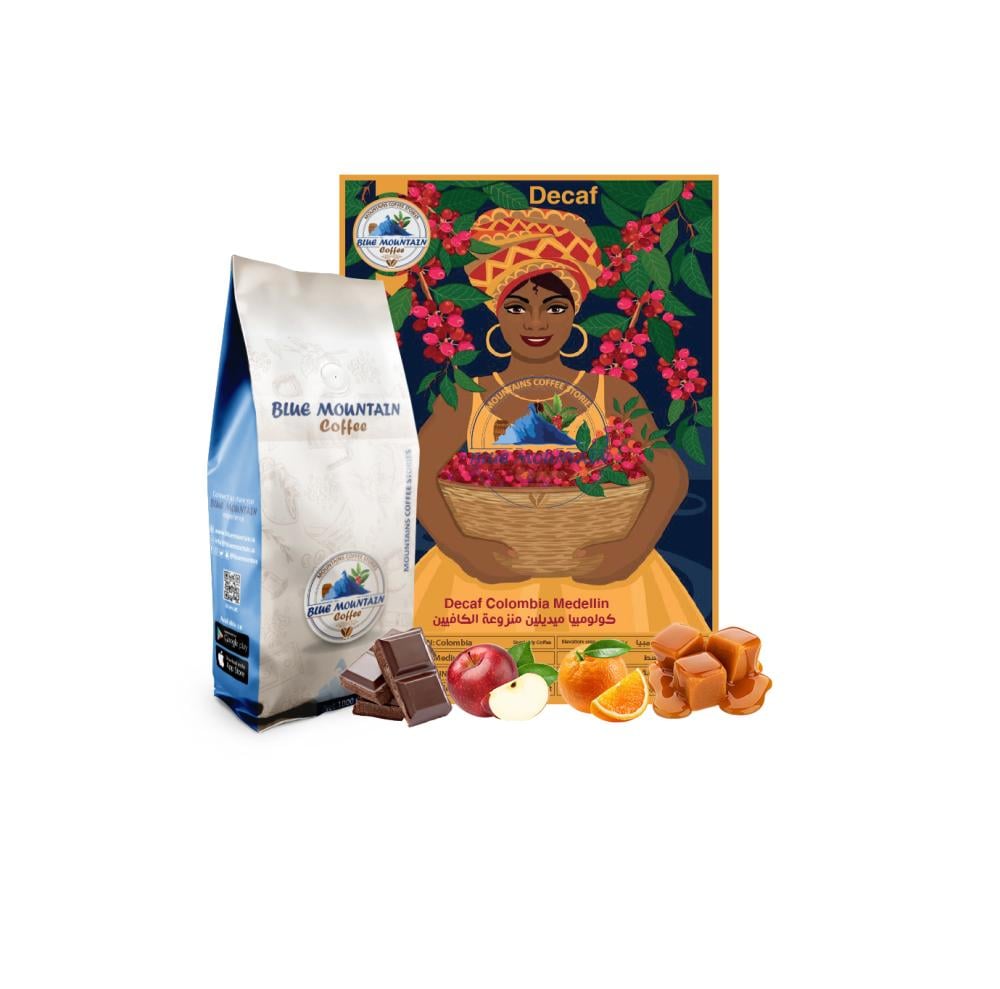
While there are quite a few different accounts of how coffee arrived in Colombia, most experts seem to agree that sometime in the early 18th century Jesuit priests brought the crop into the country. By the late 19th century, coffee had become fully commercial in Colombia, and in 1912 coffee made up around 50% of Colombia’s total exports. Colombia’s wonderful year-round climate and abundance of volcanic mountains made it the optimal geographic location for the plants to flourish. As these trees began to yield fruit, people began to harvest the cherries for their coffee beans, resulting in the delicious Colombian Coffee. During harvest, the beans undergo a slow maturation cycle, which directly results in a very flavorful and unique coffee .its famous for its smooth, pleasant acidity, smooth finish, nutty overtones, and rich medium to full body
Colombian coffees Facts : Percentage of World Market 8.6%
Harvest March- June
Process : Washed
World Ranking as producer 13 th
Main Type: Arabica , typica , Bourbon,Tabi,Catura, Castillo
How to withdraw caffeine:
The coffee beans are washed using the Swiss water method. This method removes caffeine from the beans by osmosis, where the beans are dipped in hot water and decaffeinated green coffee extract is added to them to pull the caffeine from the coffee beans until equilibrium is reached. It is then filtered with activated carbon, and the process is repeated until 99.9% of the caffeine is removed. This method is considered safer and healthier because it does not use any chemicals.


